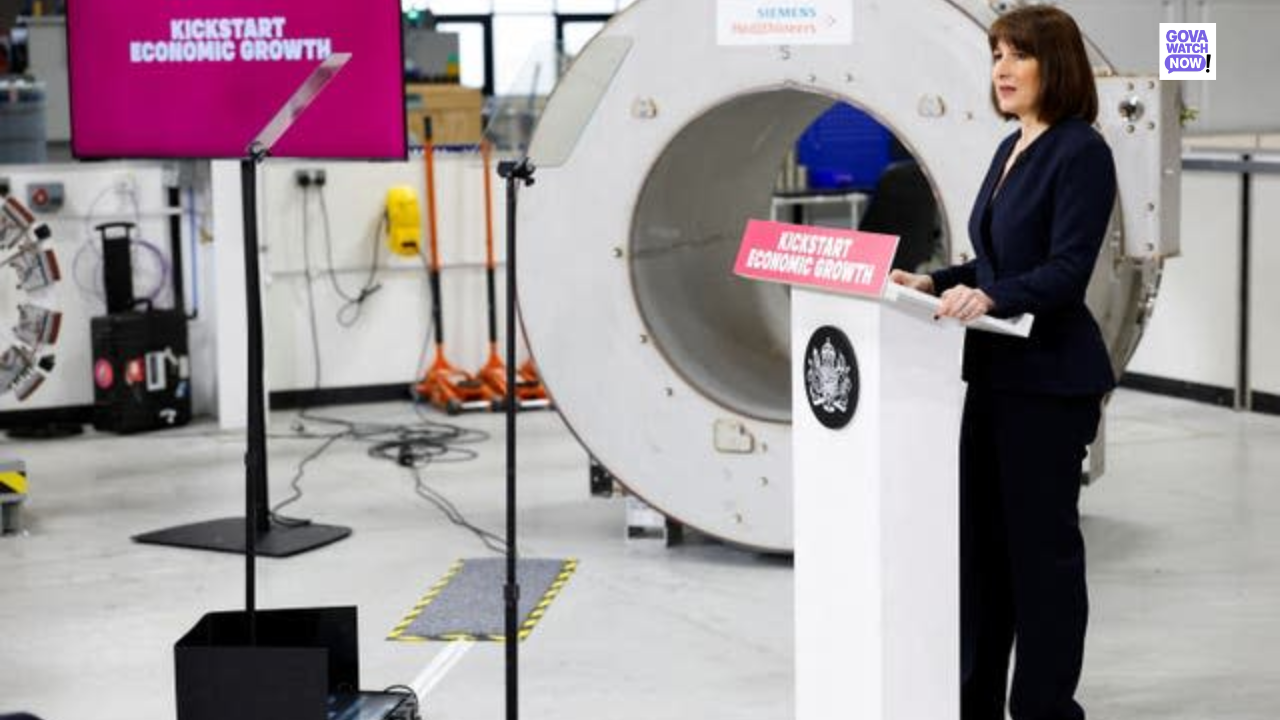In unveiling Labour’s ambitious £445 billion spending plan, Chancellor Rachel Reeves has grounded her fiscal strategy in five pivotal charts that outline the nation’s economic challenges and guide the government’s policy decisions.
The first chart highlights the UK’s soaring national debt, which has climbed from 64.7% of GDP in 2010 to 99.5% in 2023. This surge is attributed to successive annual budget deficits and the financial repercussions of the COVID-19 pandemic. The accompanying graph illustrates the rising debt interest costs, reaching a postwar high of 4.4% of GDP in 2022-23, underscoring the pressing need for fiscal discipline.
The second chart delves into the real change in day-to-day spending by government departments between 2009-10 and 2023-24. It reveals that, after accounting for ring-fenced departments like the NHS, defence, and education, unprotected areas such as local councils, courts, and prisons have faced significant real-terms cuts. This disparity has led to strained public services and heightened demand for reform.
The third chart examines the forecast of UK government receipts by tax type for 2024-25. It indicates a substantial reliance on wealth-based taxes, including capital gains tax, pensions relief, and inheritance tax, as the government seeks to address a £22 billion fiscal shortfall. This approach aligns with Labour’s pledge not to increase taxes on “working people,” yet it raises concerns about potential economic implications.
The fourth chart projects the impact of proposed tax increases, including a 15% employer National Insurance rate on salaries above £5,000 and a 20% inheritance tax on rural estates valued over £1 million. These measures are expected to generate £40 billion, marking the largest tax rise since 1993. However, critics argue that such increases could dampen wage growth and economic activity.
The fifth and final chart outlines the government’s spending priorities, with a £39 billion investment in affordable housing and £113 billion allocated to infrastructure projects. While these initiatives aim to stimulate regional growth and economic renewal, they also necessitate careful balancing to avoid future financial shortfalls.
Together, these charts provide a comprehensive overview of the economic landscape, guiding Labour’s policy decisions and reflecting the government’s commitment to addressing the nation’s fiscal challenges.




